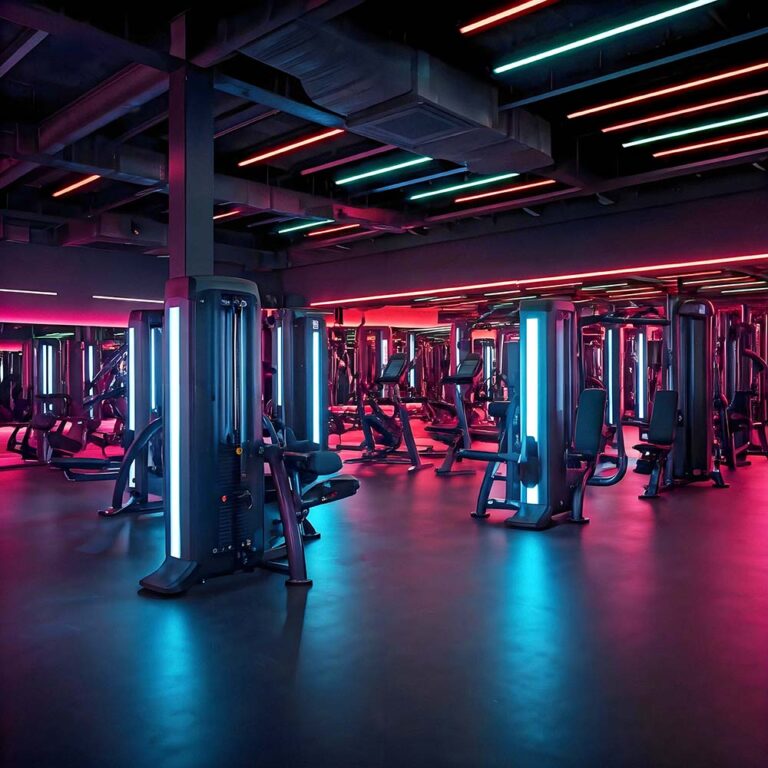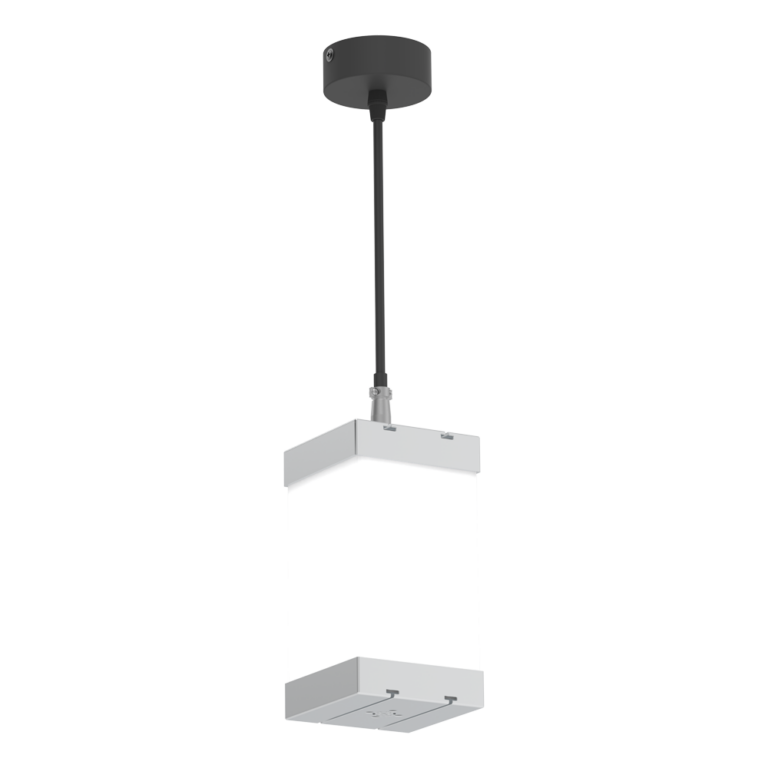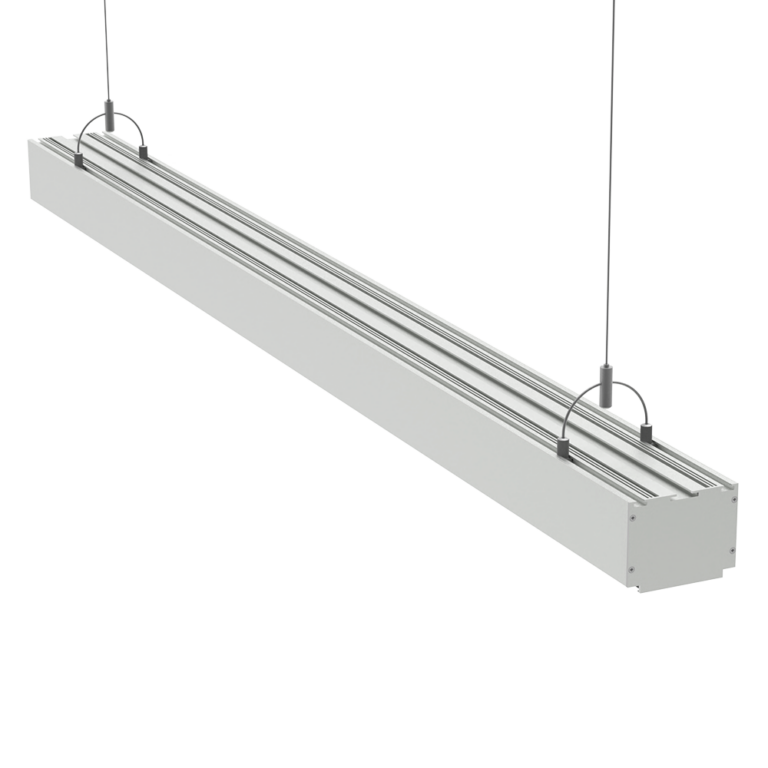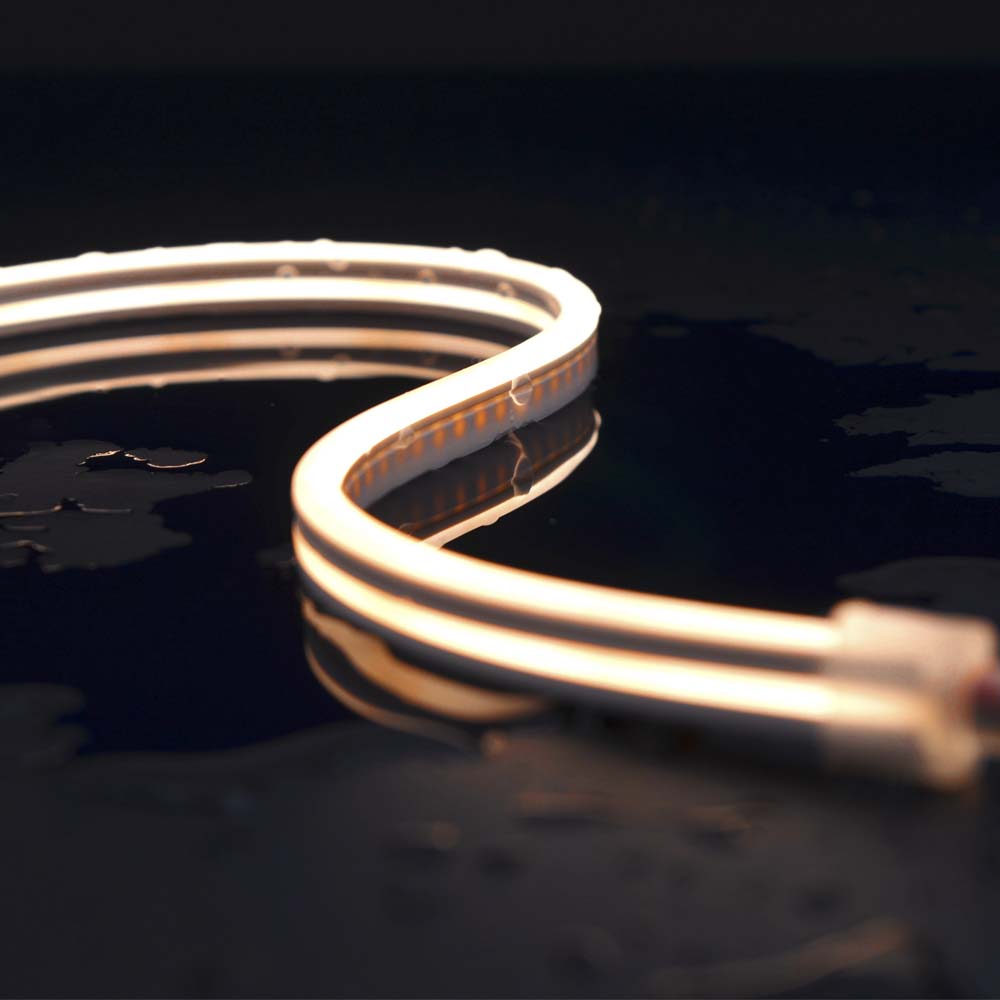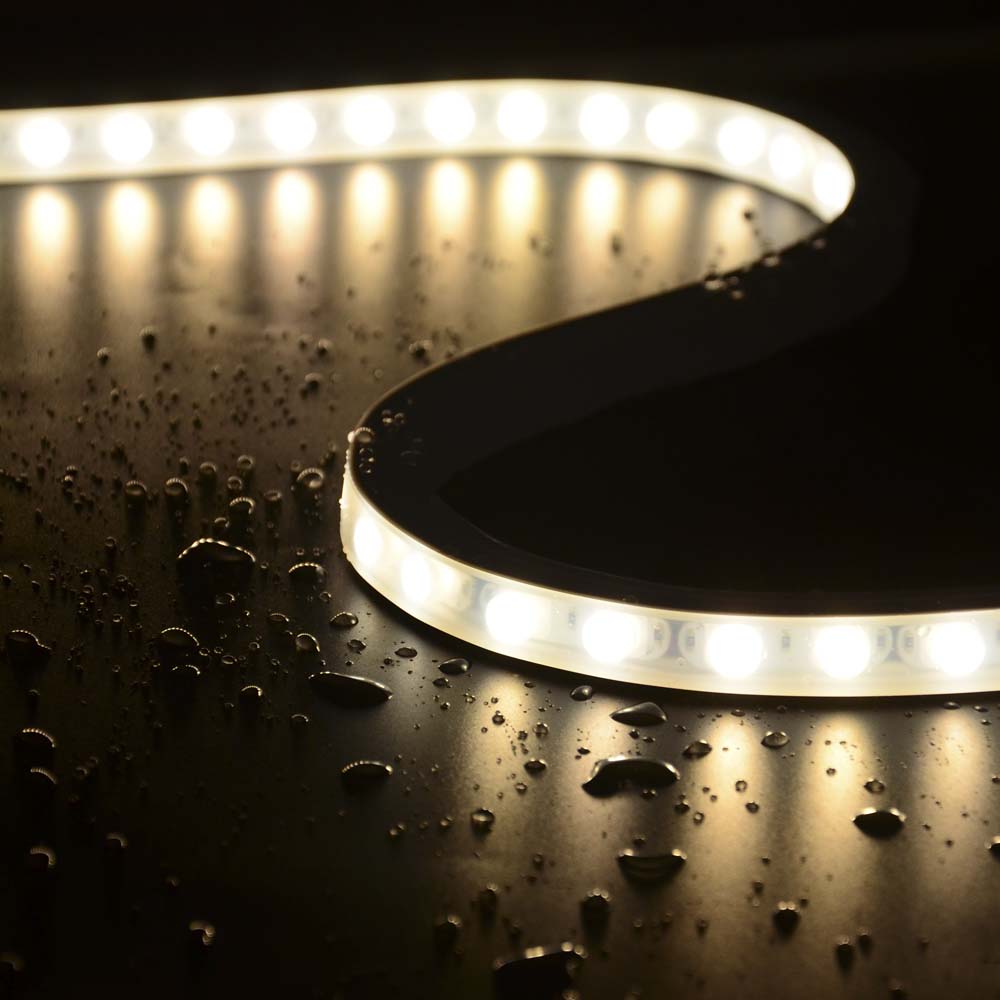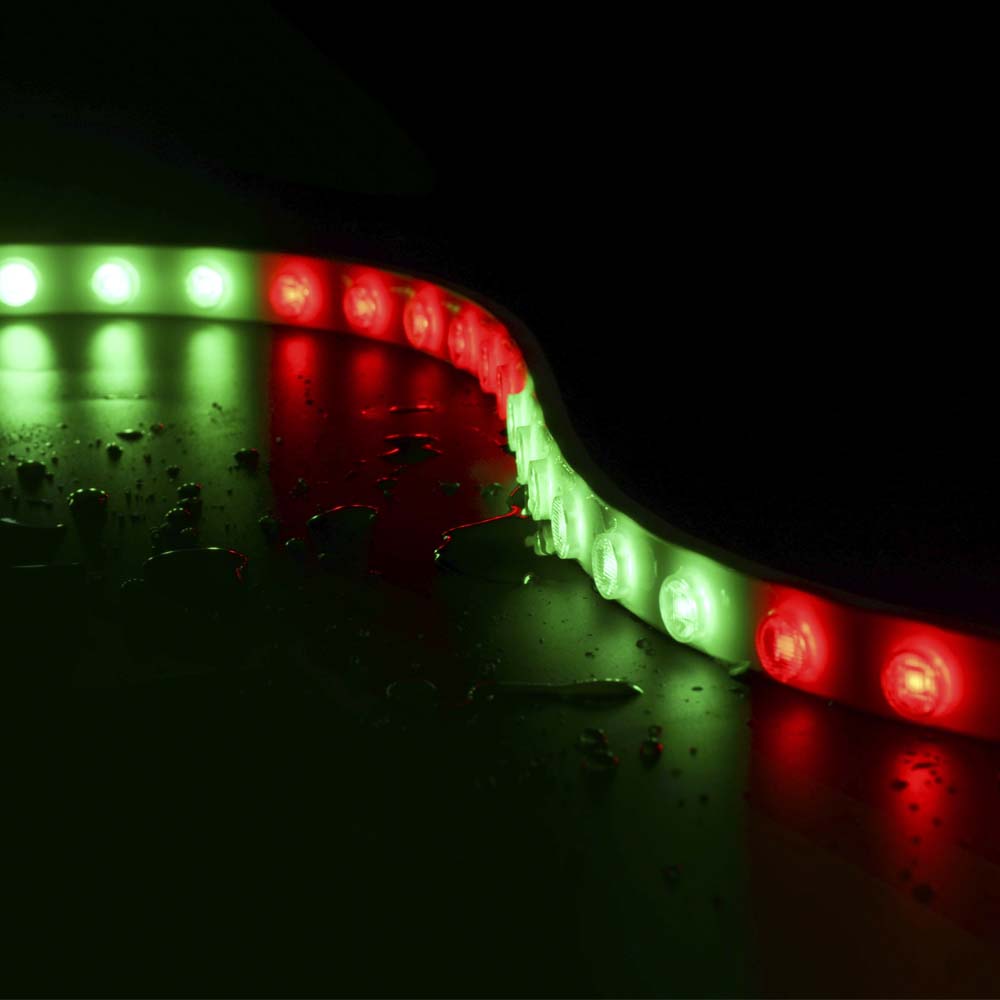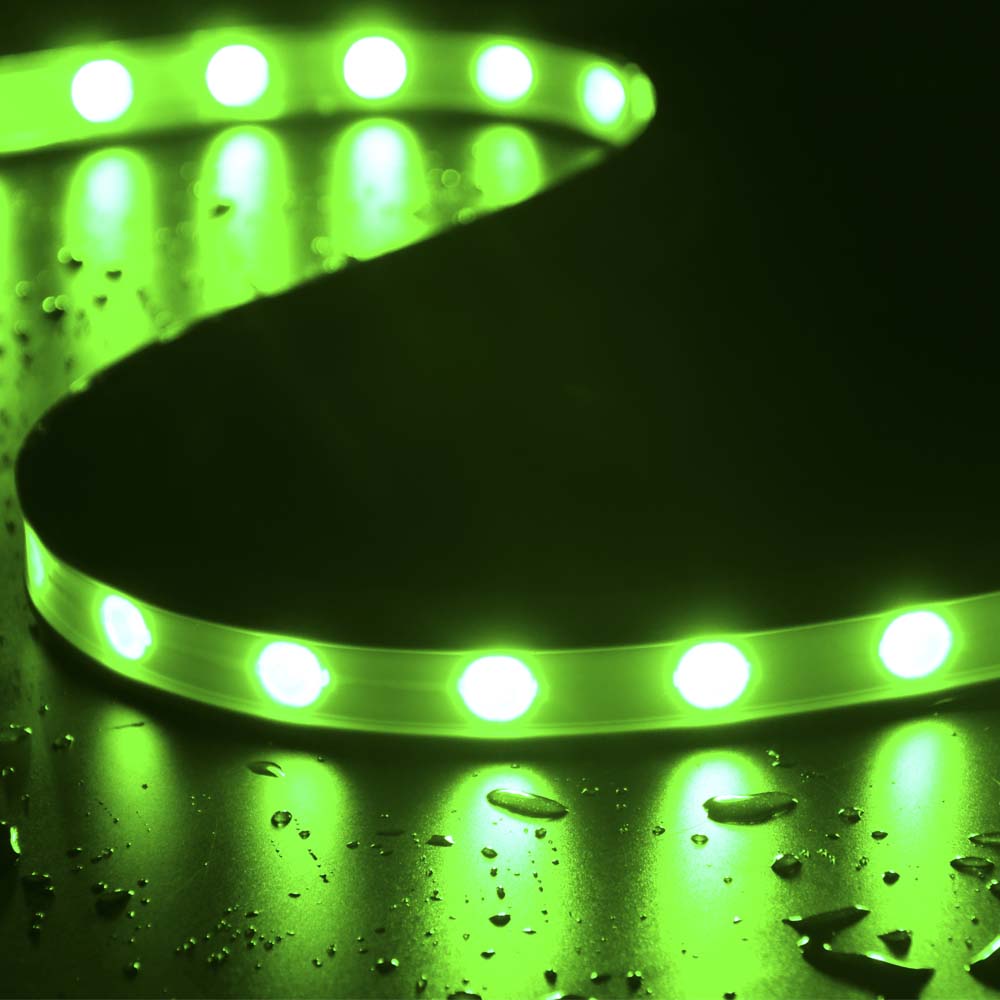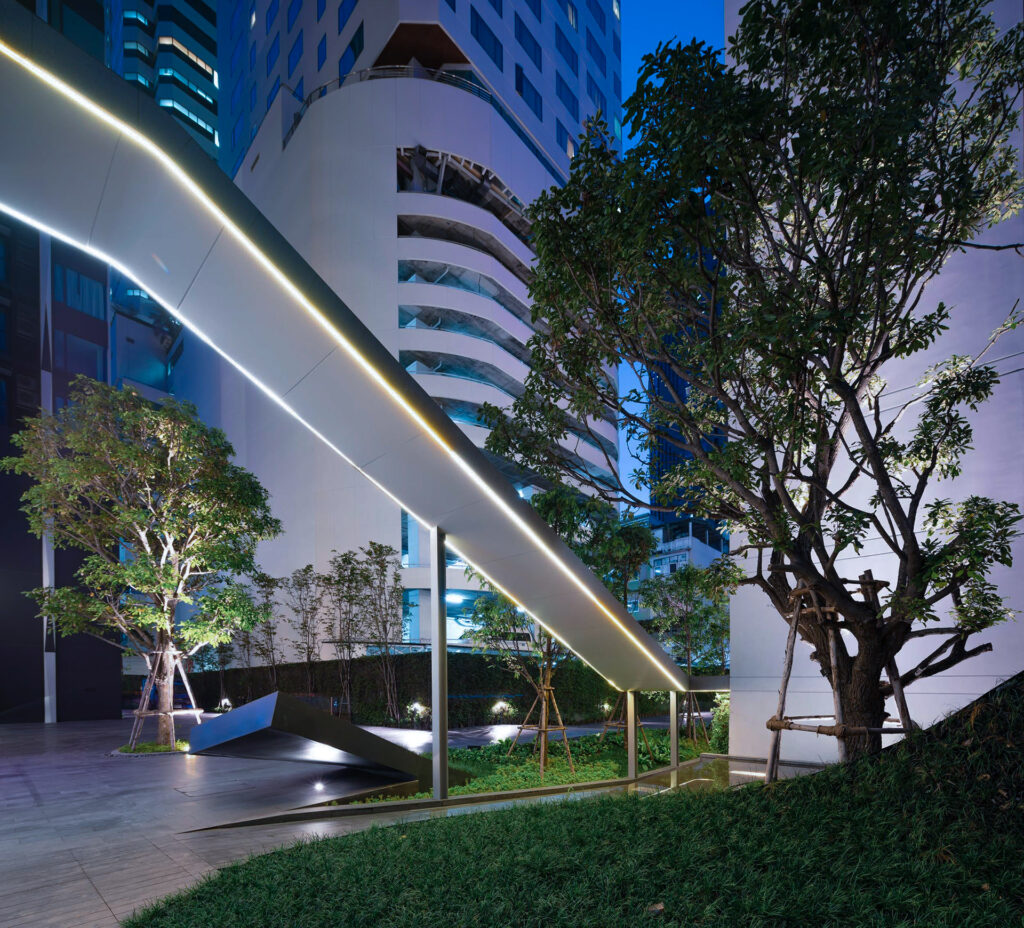
¿Qué es la iluminación exterior comercial?
La iluminación comercial de exteriores es estable, eficiente energéticamente y duradera. Está diseñada para espacios exteriores como edificios comerciales, paisajes y campos deportivos. Esta iluminación proporciona una luz brillante y consistente para ciudades y negocios.
tipos y ventajas del alumbrado exterior comercial
Utilice un párrafo corto, claro y que llame la atención para captar la atención de su público y atraerlo a la lectura del resto de su contenido.
Iluminación exterior comercial - Recomendación de perfil LED
Un perfil LED estanco es un tipo de iluminación diseñado para exteriores y zonas húmedas. Protege las luces del agua, garantizando que funcionen bien en condiciones de lluvia o sumergidas. Estos perfiles tienen diferentes grados de impermeabilidad, como IP65, IP66, IP67 e IP68. Un número más alto significa una mejor protección contra el agua.
Recomendación de barras de luz LED para exteriores
Las tiras LED para exteriores son una opción inteligente para la iluminación. Utilizan chips LED brillantes que emiten mucha luz consumiendo poca energía. Estas tiras también son impermeables, con grados de protección normalmente superiores a IP67. Fabricadas con silicona flexible ecológica, no dañan el medio ambiente. Su flexibilidad hace que sean fáciles de instalar y cortar a la longitud deseada.
Aplicaciones comerciales de las tiras de luz para exteriores
Soluciones de iluminación exterior comercial
Soluciones de impermeabilización con silicona
La impermeabilización con silicona suele conseguirse mediante procesos de impermeabilización como la silicona por goteo, la manga de silicona, la silicona por goteo de media manga y el bombeo de silicona. La silicona tiene una excelente elasticidad, resistencia a la intemperie e hidrofobicidad, y puede evitar eficazmente que el vapor de agua invada el interior de las luces LED.
Ventajas de la impermeabilización con silicona:
Desventajas:
Adhesivo PU (adhesivo de poliuretano) impermeable
El adhesivo PU, o adhesivo de poliuretano, es un tipo popular de pegamento utilizado para crear un sellado impermeable. Se encuentra comúnmente en productos como las tiras flexibles de luz LED, ayudando a protegerlas de los daños causados por el agua.
Ventajas:
Desventajas:
Tubo termorretráctil de alta calidad para impermeabilización
El tubo termorretráctil es un tipo particular de plástico que se contrae cuando se calienta. Suele utilizarse para envolver los cables y las conexiones de las luces LED. Cuando el tubo se calienta, abraza firmemente los cables, creando un sello impermeable para protegerlos de la humedad y los daños.
Ventajas:
Desventajas:
Impermeabilización con nano revestimiento impermeable
La nanoimpermeabilización consiste en poner una fina capa de revestimiento especial en la superficie de las luces LED para hacerlas impermeables. Este revestimiento es tan fino que es difícil de ver, pero hace un gran trabajo manteniendo el agua fuera y protegiendo las luces.
Ventajas:
Desventajas:
El proceso integrado de impermeabilización por extrusión
La impermeabilización por extrusión de una pieza a máquina es un método especializado para hacer que las luces LED sean resistentes al agua. En este proceso, unas máquinas especiales toman materiales impermeables, como silicona o adhesivo PU, y los aplican directamente a las partes esenciales de la luz LED. Esto crea una capa lisa y continua que ayuda a mantener el agua fuera, asegurando que las luces funcionen bien incluso en condiciones húmedas.
Ventajas:
Desventajas:
Preguntas frecuentes
Quizá quiera saber más sobre la iluminación comercial exterior.



